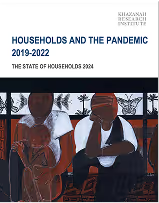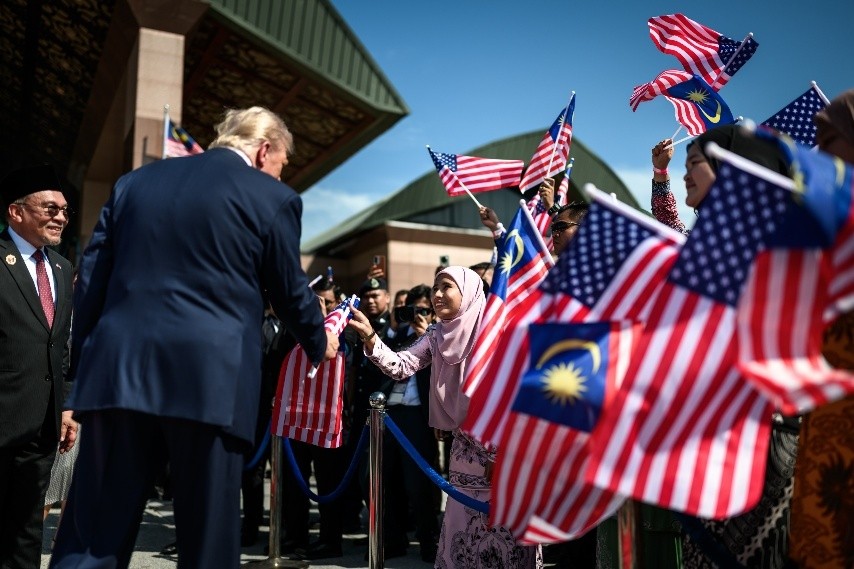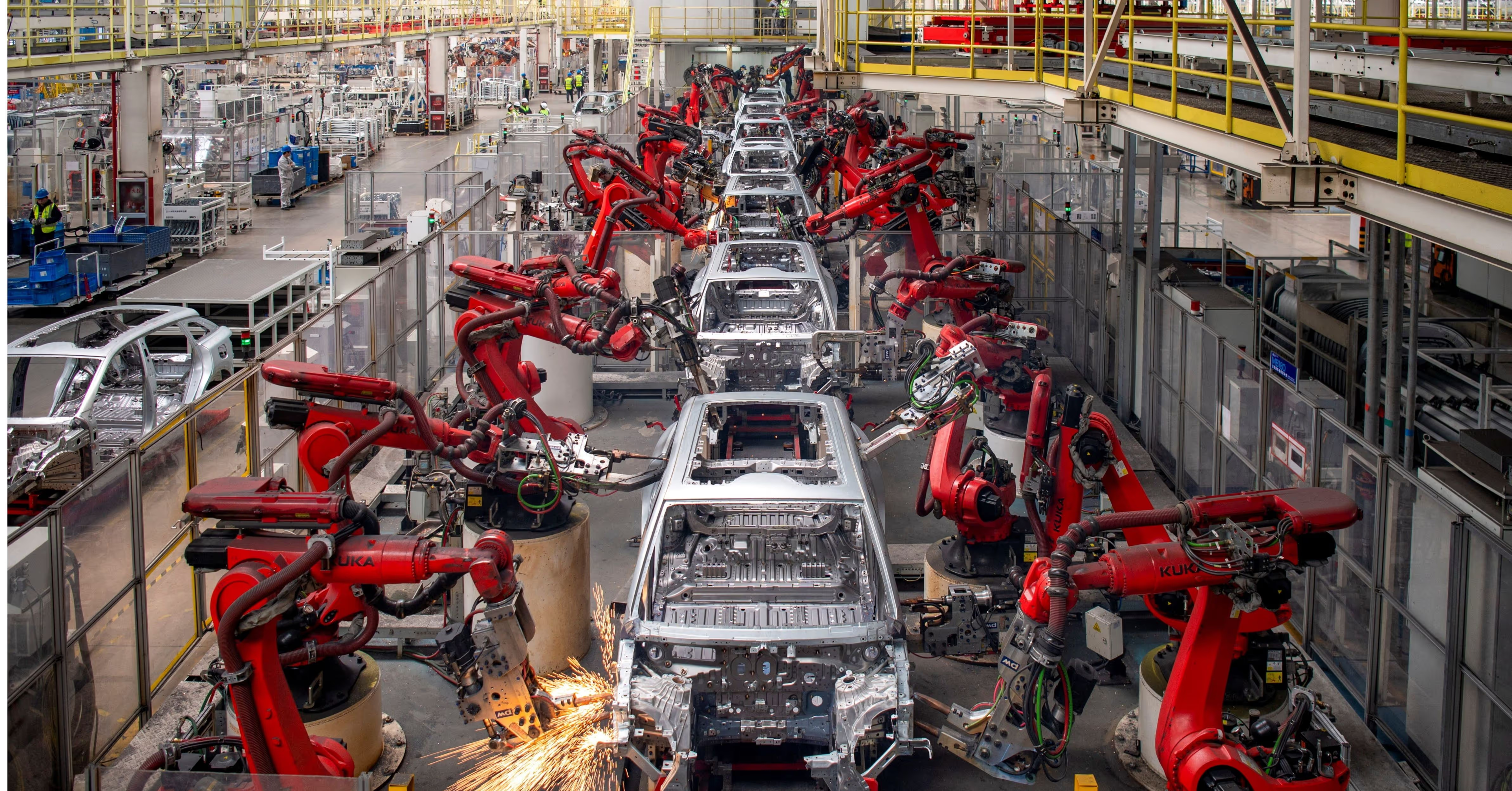
What we are readingThe Limits of Market: The Pendulum between Government and Market, by Paul De Grauwe. Oxford University Press, 2017
The social history of our time is the result of a double movement: The one is the principle of economic liberalism, aiming at the establishment of a self-regulating market; the other is the principle of social protection aiming at the conservation of man and nature as well as productive organisation.
Karl Polanyi
The Great Transformation, 1944
The last decade has been an exciting time for economists. It began with the worst global financial and financial crisis since the Great Depression, which led to much soul-searching on what we thought we knew in economics. This was then followed by central banking and the European currency union – two of the most successful technocratic experiments from decades before – being tested to their limits. And last year, the foundations of the existing political establishment in the West finally began to crack, foreshadowing a possible retreat from a liberal global economic order. Underlying these, the question of what the role of the state should be in the economy, versus that of the market, is fundamental.
Paul de Grauwe’s new book, The Limits of Market, provides a timely insight into this question. De Grauwe is a Belgian professor currently based in the London School of Economics and Political Sciences, and a leading economist in Europe. At less than 200 pages, The Limits of Market is a short book written in a clear and accessible manner. Intended for a more general audience rather than economists, the book zips through De Grauwe’s take on this topic in thirteen brief chapters that at times read more like introductions to longer pieces of work instead of fully developed chapters themselves.
De Grauwe begins by saying that “the old discussion of 'Market or State' is obsolete. There will always have to be a mix of market and state. The only relevant question is what that mix should look like.” The ideas discussed in the book are not new for economists, but the way De Grauwe has framed them is novel.
Market is an extraordinarily effective instrument for economic prosperity but it is not sustainable if left to its own devices. The reasons for this is because market is subjected to two sets of limits – external and internal. External limits relate to how market is consistent with self-interest of the individuals which may not coincide with the collective interest of the society. Externalities, as how economists define them, lead to over-production or under-provision of goods and services that could over time halt the progress of market. Environmental degradation, financial crises, and under-provision of public goods are examples of these external limits. The internal limits of market, according to De Grauwe, stem from the fact that market does not guarantee fair economic distribution, appeal to intrinsic motivation of people, and promote social cooperation. Even as market produces material prosperity, it could undermine the very social consensus in favour of the system.
When market hits its limits, the system requires an outside force to rescue it from its downfall. This is when the government comes in to reverse the destructive consequences of excesses created by the market. Government, however, also faces its own external and internal limits which are mirror images of the limits of market. External limits relate to the ability of government in solving the problem of externalities. Government is often required to intervene precisely when it is least able to do so – when the gap between individual and collective interests is the widest. This usually corresponds to significant informational constraints on the part of government, and strong resistance from vested interest. The internal limit of government is reached when it goes too far in serving the collective interest of the society at the expense of economic efficiency.
The ideal situation thus, according to De Grauwe, is to have a right mix of government and market, subjected to all the limits. The history of the past 200 years, however, has not been that of a Goldilocks of balance but more of a pendulum of disruption, swinging between too much government and too much market. In his concluding chapter, De Grauwe offers his gloomy take on the future in which under the current trajectory, the market limits of environmental degradation and economic inequality will be reached catastrophically. He ends by evoking Albert Camus’ image of Sisyphus, in which the struggle to prevent this from happening is near futile and might already be too late, but for the promise to our grandchildren we cannot stop trying.
The Limits of Market is a very well-written small book that is both easy to read and informative. There are, however, several areas that are left wanting for me. First, the book applies a purely economic lens in its discussion. For such an expansive topic, this can be glaringly narrow at times. This is most jarring when De Grauwe appropriates Daniel Kahneman’s System 2 – slow but rational thinking – for all things market, and System 1 – fast but less rational thinking – for everything else that economics is less able to define, such as the notions of justice, fairness and intrinsic motivation. Second, this book is perhaps more relevant for the West rather than the developing world where the discussion on the role of the state and the market is considerably less dialectical and more pragmatic. Lastly, the book only briefly glosses over the work by Karl Polanyi, the Austro-Hungarian economic historian whose work on the topic of the market, society, and state in the 1940s has much to offer in understanding the world now. This, I feel, is an unfortunate missed opportunity for deeper reflection.
Much of the ideas in The Limits of Market can be traced back to Polanyi’s The Great Transformation published in 1944. The Great Transformation, however, takes the topic much further. In it, Polanyi narrates the historical development of the market society over 400 years. He views the world as a complex interaction among the parts over time - market, society, and state –within an integrated whole. For Polanyi, the market can be understood only in relation to society and the state. Central to this is the concept of the ‘double movement’ that shapes the market society – the forces of economic liberalism seeking to expand the role and the remit of market forces, and the counter-force of social protection emerging to safeguard society and nature from the devastating impact of unleashed market forces. The market society, as such, is not a naturally occurring phenomenon but a social and political construct that is neither self-sustaining nor inevitable. In this Polanyian framework, it makes very little sense to consider the market and the government as opposite ends of an ideological struggle.
In conclusion, I heartily recommend Paul De Grauwe’s The Limits of Market to non-economists who wish to have an accessible introduction to the topic of the role of the state and the market from an economic perspective. Economists who wish to expand their intellectual echo chamber and have a more fully developed and nuanced take on the topic might wish to look elsewhere. For me, I will be dusting off my copy of Polanyi’s The Great Transformation for a reread.














